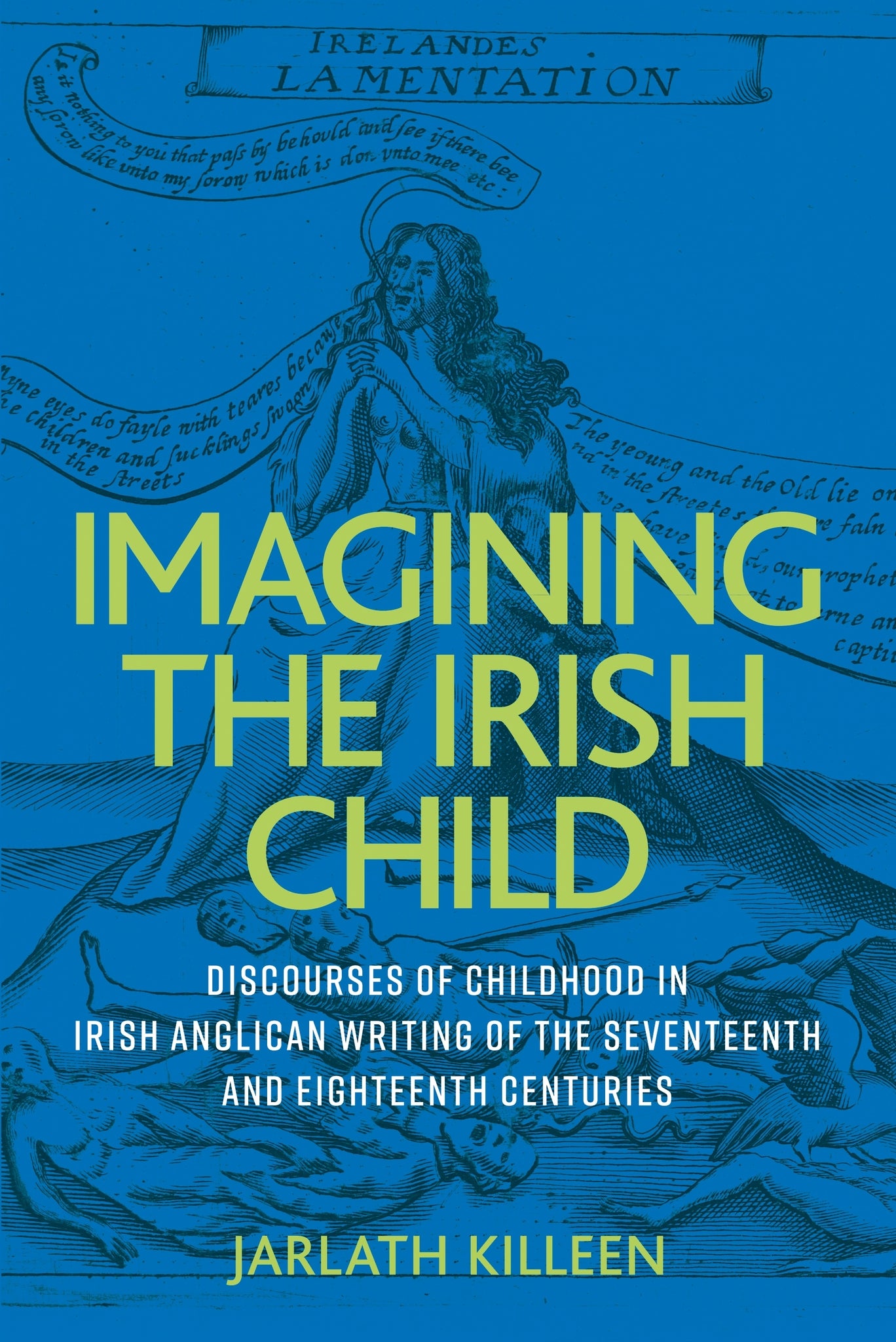We're sorry. An error has occurred
Please cancel or retry.
Imagining the Irish child

Some error occured while loading the Quick View. Please close the Quick View and try reloading the page.
Couldn't load pickup availability
- Format:
-
07 February 2023

This book examines the ways in which ideas about children, childhood and Ireland changed together in Irish Protestant writing of the seventeenth and eighteenth centuries. It focuses on different varieties of the child found in the work of a range of Irish Protestant writers, theologians, philosophers, educationalists, politicians and parents from the early seventeenth century up to the outbreak of the 1798 Rebellion.
The book is structured around a detailed examination of six ‘versions’ of the child: the evil child, the vulnerable/innocent child, the political child, the believing child, the enlightened child, and the freakish child. It traces these versions across a wide range of genres (fiction, sermons, political pamphlets, letters, educational treatises, histories, catechisms and children’s bibles), showing how concepts of childhood related to debates about Irish nationality, politics and history across these two centuries.

LITERARY CRITICISM / European / English, Irish, Scottish, Welsh, Literary studies: c 1600 to c 1800, LITERARY CRITICISM / Modern / 17th Century, LITERARY CRITICISM / Modern / 18th Century, Literary studies: general, Literary studies: c 1800 to c 1900

Introduction
1 Bad to the bone: the evil child
2 The Massacre of the Innocents: the vulnerable child
3 Instruction and delight? The believing child
4 On the road with Jack Connor: the Enlightenment child
5 Extraordinary bodies: the monstrous child
Conclusion
Bibliography



